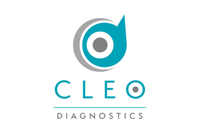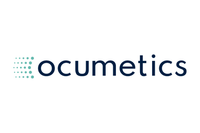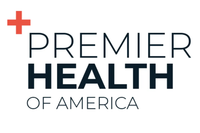A medical device is any product used in the healthcare industry that is not metabolized into the body. Here’s a look at why investors might want to consider taking a look at the space.
The US Food and Drug Administration defines medical devices as any officially recognized “instrument, implement, machine, contrivance, implant, in vitro reagent, or other similar or related article” intended for use in the diagnosis, cure, treatment or prevention of disease or other conditions by affecting the structure or function of the body.
Put a little more simply, a medical device is any product used in the healthcare industry that is not metabolized into the body. That means medical devices range from technologies as advanced as pacemakers and artificial cochlear devices, to equipment like magnetic resonance imaging (MRI) machines, to simple items like syringes and disposable gloves.
Medical Device industry overview
Industry Canada reports that the global medical devices industry is valued at $327.7 billion (excluding in vitro diagnostics). Traditionally, the industry has had a low level of industry concentration, with no one company dominating the others. Forbes states that 80 percent of companies producing medical devices have 50 or fewer employees.
However, that has been changing in recent years, as a handful of major companies now make the majority of profits. A Congressional Research Service report claims that 28 percent of global medical devices sales are concentrated in the top five global firms.
In fact, the 19 largest US companies account for half of all medical devices sales across the global market. The Center on Budget and Policy Priorities estimated that in 2015 the market in the US produced between $130 and $170 billion annually. For example, Johnson and Johnson (NYSE:JNJ), whose total sales reached $74 billion in 2014, earned $28 billion from its medical devices sector. Medtronic (NYSE:MDT), another main American firm, generated $17 billion in sales and $3 billion in profits during the same period.
Diverse industry
The medical devices industry encompasses an incredibly broad range of products. A S&P Capital IQ survey breaks down this diverse field, analyzing the sectors of the market where the most advanced technological products are appearing.
The survey shows that 14 percent of the global market is dedicated to the production of in vitro diagnostics (systems to test blood, urine, tissue and other bodily fluids), 13 percent is directed towards orthopedic accounts (primarily joint replacements and spinal products), 12 percent is involved in cardiology products (including pacemakers and ventricular assist devices) and 8 percent is wrapped up in diagnostic imaging accounts (such as X-ray equipment, nuclear medicine and MRIs).
Medical device or pharmaceutical drug?
Medical devices and pharmaceuticals constitute the majority of the healthcare market. Together, they create products that work to cure, treat, enhance and extend human and animal lives. What distinguishes these products is that pharmaceuticals are intended to be metabolized into the body, whereas medical devices work in a variety of alternative ways (often replacing a function of the body).
These industries also have a key economic difference that is important for investors interested in medical devices to be aware of. Unlike the pharmaceutical industry, which is known for its lengthy research and development process, the medical devices industry enjoys a relatively short product lifecycle and investment recovery period. Investors looking to choose between the two might do well to keep that variation in particular in mind.
This is an updated version of an article published on June 7, 2015.
Securities Disclosure: I, Morag McGreevey, hold no direct investment interest in any company mentioned in this article.
Related reading:






